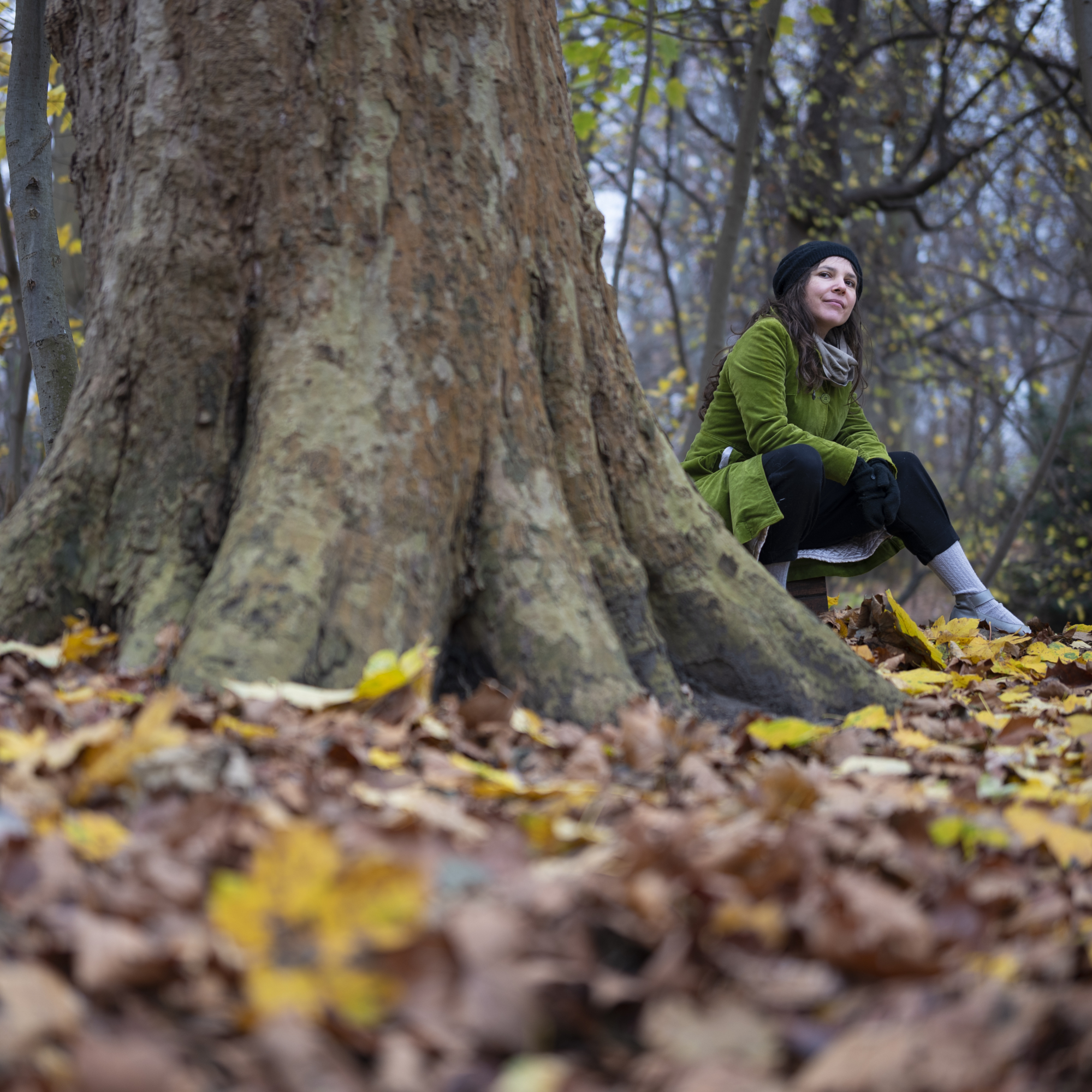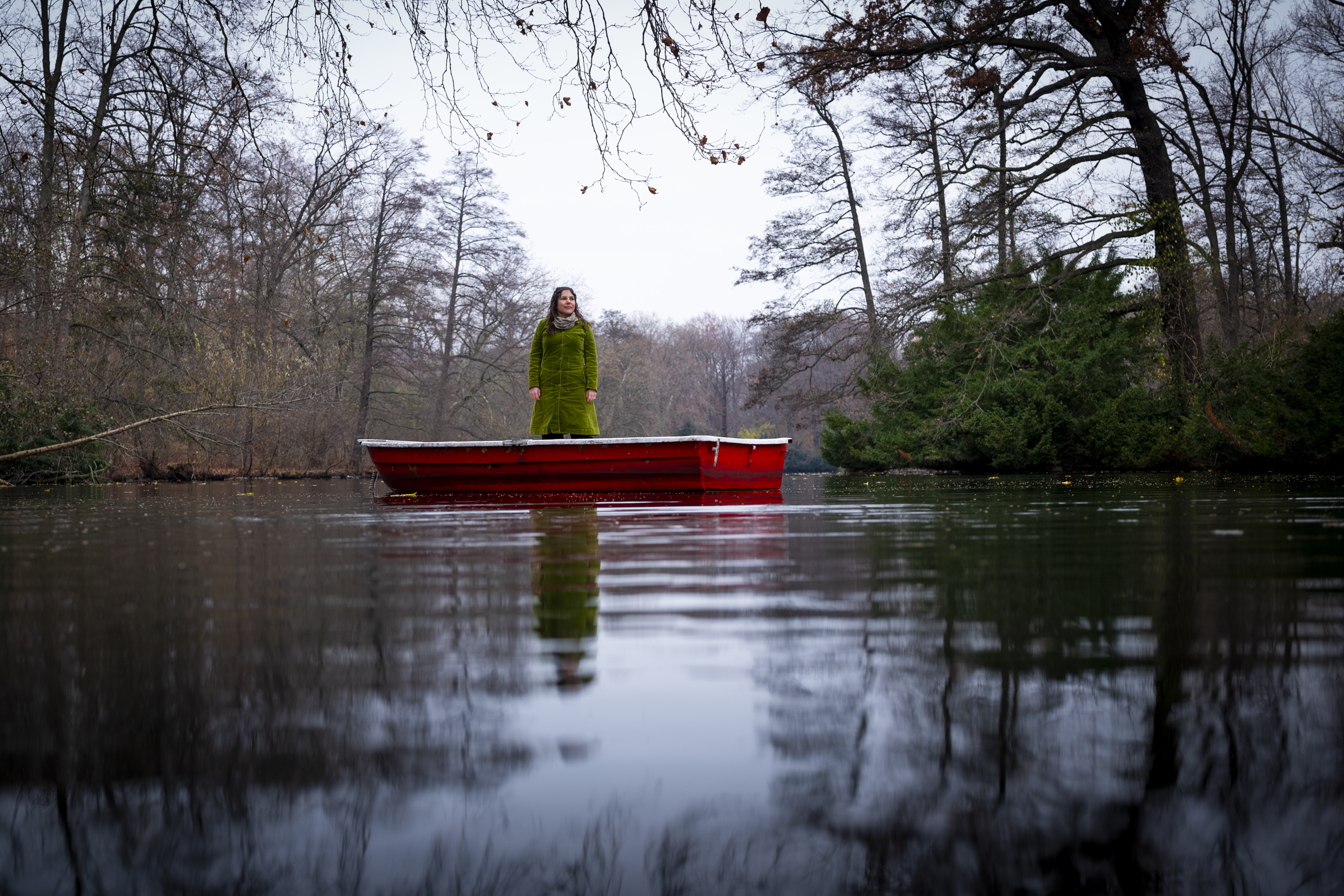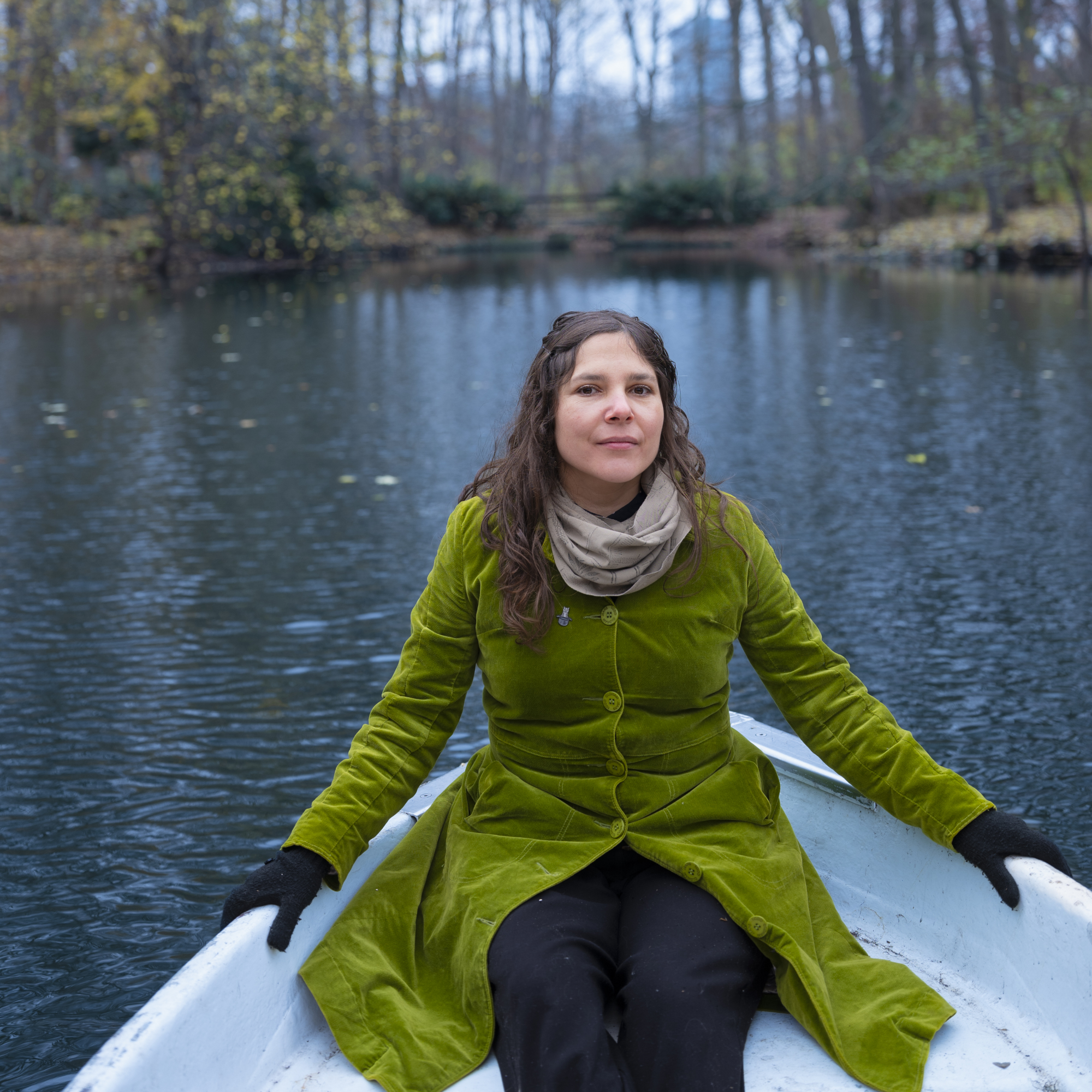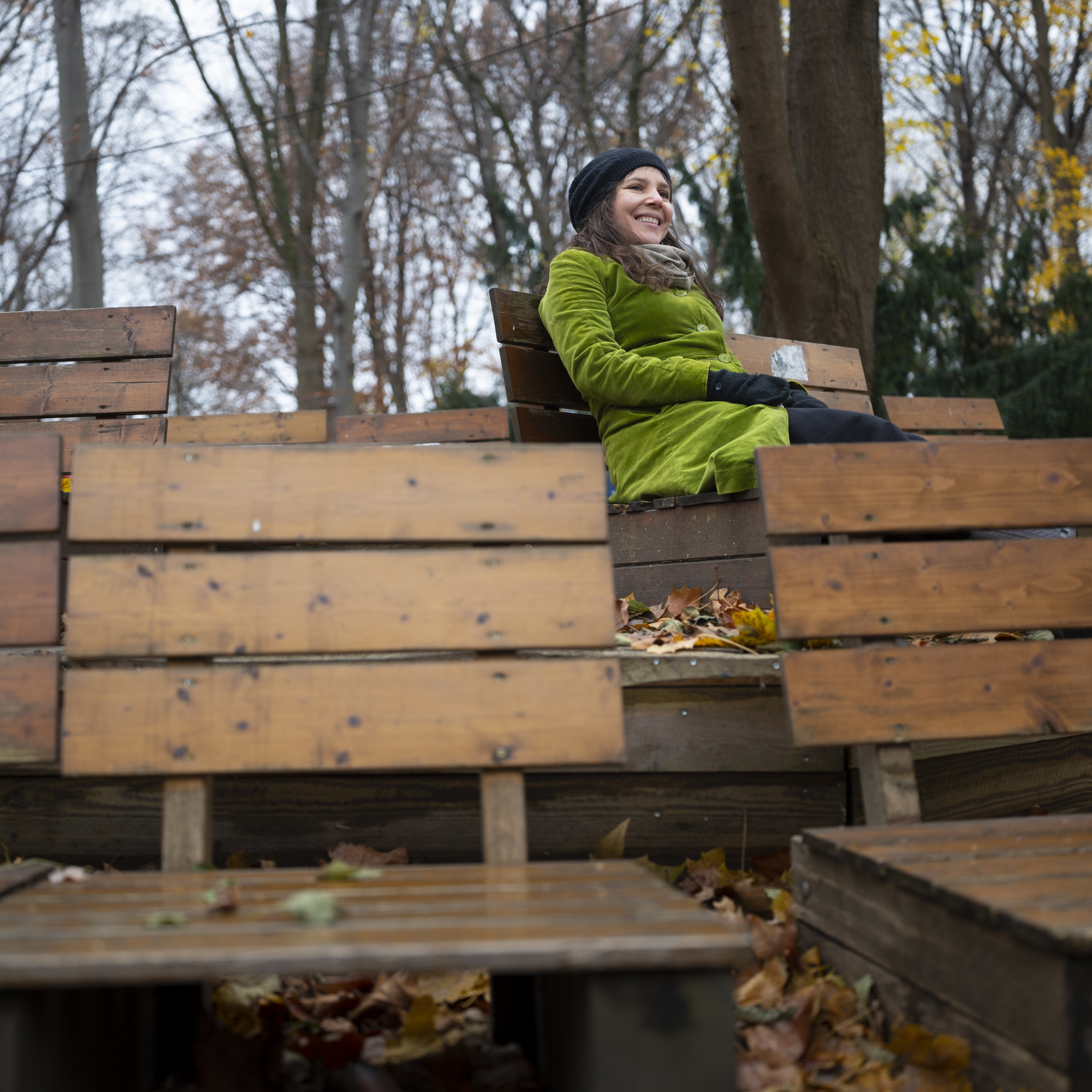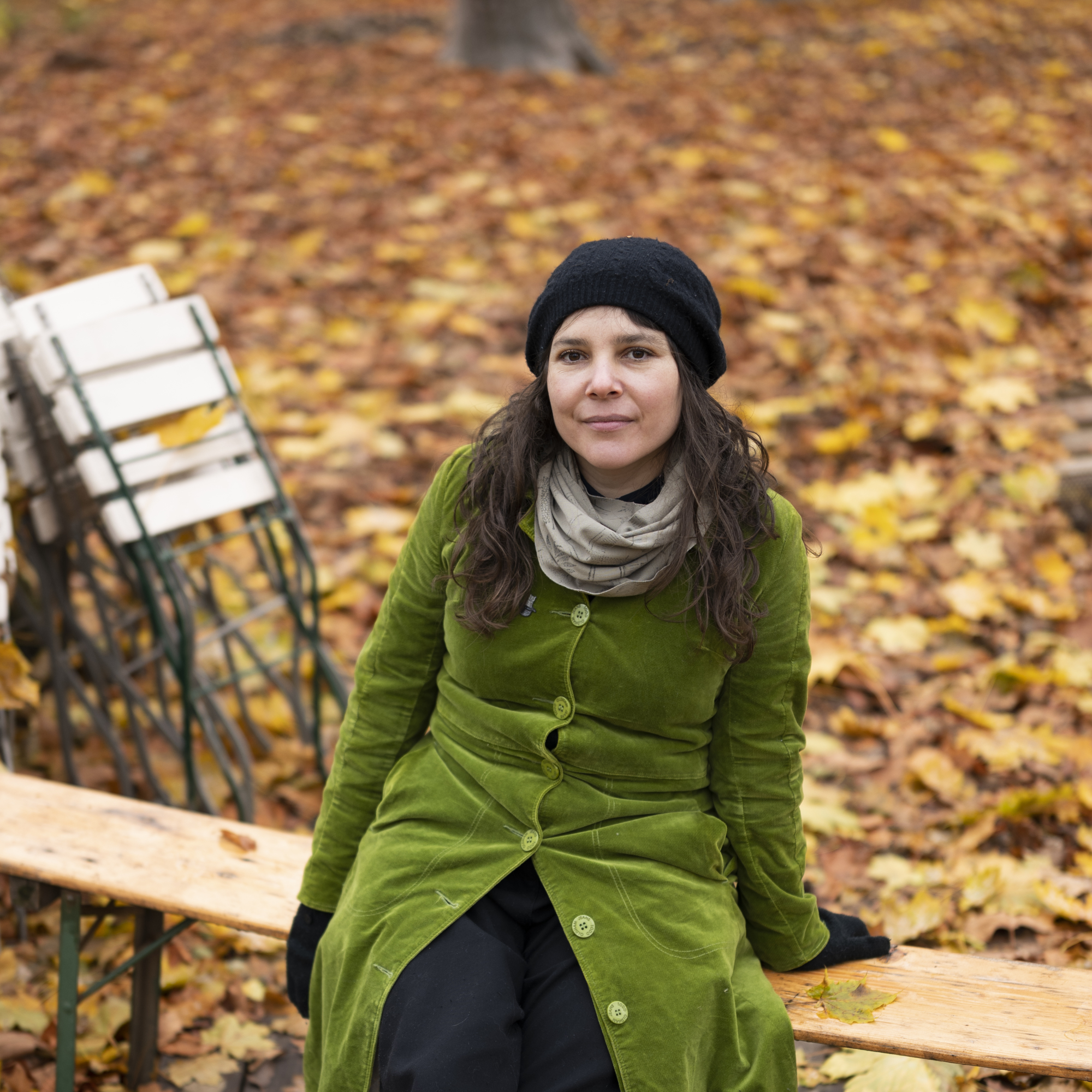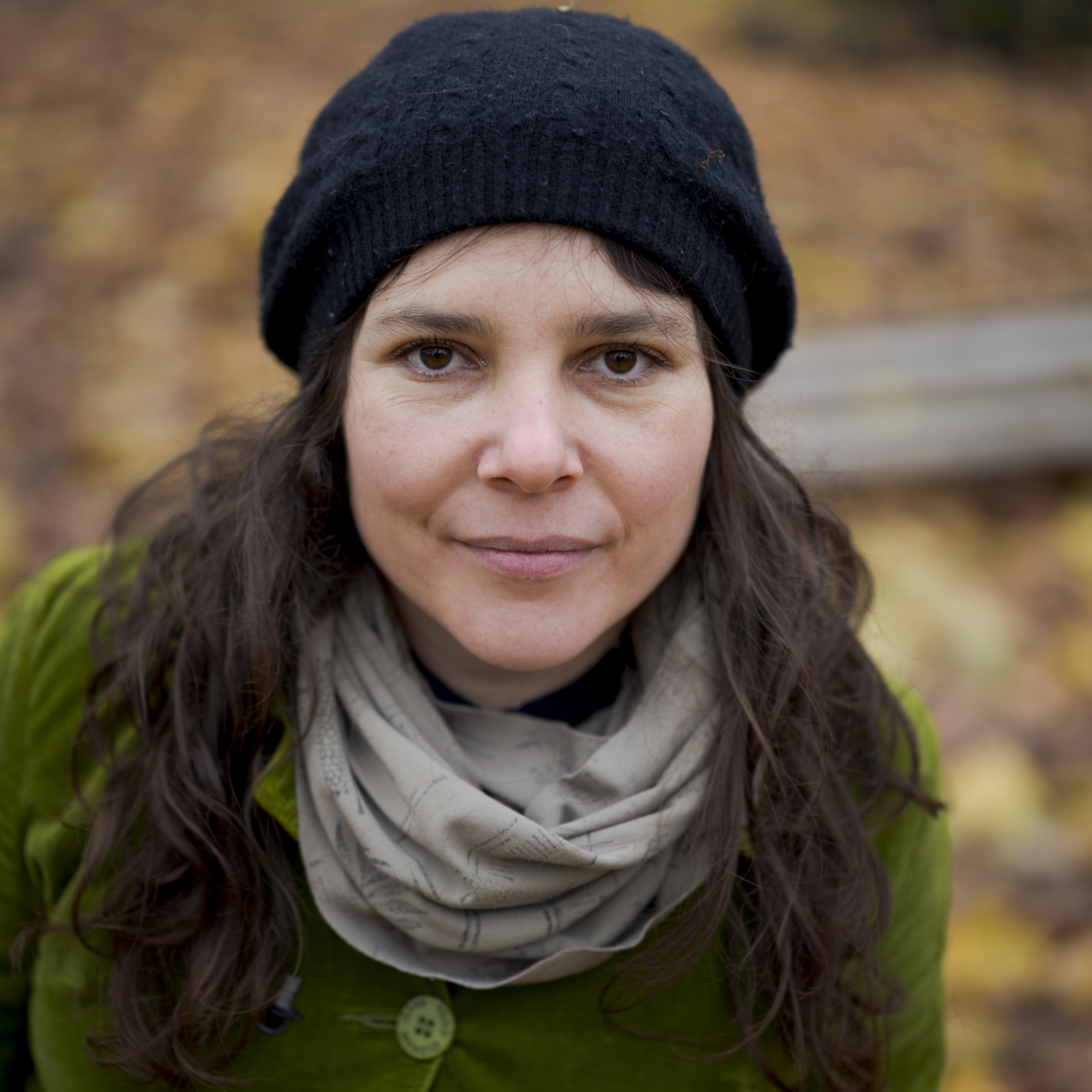Issue 17 / February 2022
“You’ve got to take math!”
by Manuela Lenzen
Systems biologist Elisa Domínguez-Hüttinger describes the complexity of biological tilting points via a planned simplification of their mathematical models
Sometimes it’s as if a switch has been flipped. Just a moment ago you were feeling perfectly fine, perhaps a bit tired, so you treat yourself to a short nap, and when you awake you’re feeling quite sick. Then after a few days rest, things improve just as quickly. For the organism this is a real balancing act. It must react to the disturbance, the infection, by deviating from its usual state and do something like increase the body temperature. But only to the extent that it can then return to its original state. “Maintaining the equilibrium between stability and flexibility is central to healthy biological systems,” explains Elisa Domínguez-Hüttinger, a biologist, bioengineer and Fellow of the College for Life Sciences at the Wissenschaftskolleg. She is trying to understand this balancing act between health and illness by modeling it mathematically.
“Using the tools provided by systems biology, we can develop an accurate model of the processes in a system,” says the researcher. “This is how we get some idea of how it all works and, ideally, we can also predict just how it will then behave.” The possible applications for such models are multifarious. In medicine for instance they can be used to detect those warning signals which herald the development of a disease at an early stage and then predict its future course. In ecology they can be employed to identify tipping-points in the transformation of ecosystems as well as in simulating the effects of combating or facilitating certain species. However, it’s a long road to the real-life application of such models. This is the case not only because they must be carefully tested and repeatedly adapted – Elisa Domínguez-Hüttinger also had to first campaign for her approach to be taken seriously.
“I knew early on that I wanted to study biology,” says Domínguez-Hüttinger, who was born in Mexico City in 1984. “I didn’t much care for experimentation, but I did like mathematics, developmental processes and dynamic systems. At some point, in a Nature Podcast to which I subscribed in order to improve my English, I heard about systems biology for the very first time and said to myself this is it!” So she studied biology at the National Autonomous University of Mexico (UNAM). To work in modeling in Mexico, however, she would have had to complete a full course of study for a mathematics degree. “I thought to myself, it can’t be the case that you have to study for ten years before you can pose any interesting questions.” So for her Master’s degree she switched to the Imperial College London where she studied systems biology, synthetic biology and bioengineering. “There I found the other extreme, everything was very pragmatic, it almost went too fast for me,” she says looking back. Today she is an Assistant Professor at the Institute for Biomedicine at UNAM, where she leads a research group that focuses on modeling biological systems.
Here she combines interdisciplinary collaboration and British pragmatism. This is not rendered any easier, however, by the complicated mathematics of non-linear phenomena that the researchers are involved in. “We work in a team with biologists, engineers and mathematicians,” says Domínguez-Hüttinger. “And the mathematicians go to great lengths in elucidating exactly what they are doing, for instance with visualizations. But you only get a superficial understanding that way, which is sometimes insufficient. Occasionally I need to tell the biologists that it’s just no use – they have to take some courses in math!” She adds that at least the mathematics used in the analysis of abrupt changes – so-called catastrophe theory – is a well-developed field from which one can profit. Furthermore, Domínguez-Hüttinger appreciates the precision of mathematics. “There is always a great deal of confusion when terms like robustness or plasticity aren’t clearly defined. It really makes sense to sit down together and spell all that out mathematically.”
Her stay at the Wissenschaftskolleg has come at just the right moment in her career: “I can speak with experienced colleagues about how to lead these kind of interdisciplinary groups. In the scientific world it’s like this – at first you’re a postdoc, then you become a group leader, and the whole time nobody explains to you what is actually important.”
Elisa Domínguez-Hüttinger’s research focuses on cells of the epithelium, the tissue that surrounds all internal and external body surfaces. “I started doing this simply because my doctoral adviser wanted me to do research on skin diseases,” she explains. “But then I saw that this is a very exciting field. More specifically, all multicellular creatures have epithelial cells, which is a very primal tissue, and is also the body’s first line of defense against outside influences. So it makes sense to explore questions about disease and health that involve this particular tissue.”
As a modeler, she herself conducts no experiments; rather, on the basis of data from researchers conducting those experiments, she constructs systems of equations that describe the behavior of biological systems. For example, should the concentration of a messenger substance drop in a cell after the latter has experienced a stimulus, then the equations must arrive at the same result. The currently much-discussed models of artificial intelligence research succeed in delivering results without one knowing precisely how they come about. Domínguez-Hüttinger, on the other hand, works with models that reproduce in detail those mechanisms at work in biological systems – the water cycle of small forests; the sun and the energy it radiates; the proteins that are generated, transported and again broken down in the cells. Her publications are illustrated with boxes, circles and a plethora of arrows. “Only if you know the mechanisms can you intervene in a targeted way,” she explains. “This doesn’t mean that you can open the black box that such a living system constitutes, but you can make better guesses as to just what’s inside.”
If a model is able to replicate a data set, it is repeatedly cross-checked with new data, first with data from laboratory cultures and then later – as in the case of Domínguez-Hüttinger’s model of epithelial tissue – with data on patients from the clinic who have skin diseases. Does the model still behave like the living system? Is it reliable? It has to be slightly adjusted, over and over, and then comes a new test run. She says, “In doing this, we work closely with doctors’ offices and hospitals.” But living systems are complex: “I know from the literature that there is a system model for treating prostate cancer in phase-three clinical studies. This will be ready for use soon, but it was first presented 25 years ago.” The most mature of her models is twelve years old. “Right now we’re in the process of retraining it with clinical data, so maybe in ten years time it will be robust enough for clinical use.” Then it would be able to take into consideration the relevant factors and omit those that matter less. “A model like this is always a simplification and at some point it will make mistakes; it can’t represent the entire world. It’s imperative to find a model that is good enough.” Then it would be able to support physicians in their diagnoses and prescribed therapies.
During her fellowship at the Wissenschaftskolleg, Elisa Domínguez-Hüttinger is attempting to find the simplest mathematical depiction of a biological system that is capable of switching between health and disease. To this end, she is not only conducting research on epithelial tissue but also studying the corresponding processes in Neurospora crassa fungus as well as in the ecosystem of a small forest. “Sometimes I feel like an alchemist who is trying to find the essence of things,” she laughs. “But it’s fascinating how you can mathematically describe systems of such different sizes in wholly similar ways.”
Thus far she and her research group have found three such “essences,” known as modules in the discipline, and one of these is indeed a switch. “We see in systems of every magnitude that at some point they react to continuous changes with an abrupt transition. One minute you’re healthy and the next minute you’re sick; the forest is green and then suddenly it dries up.” The second module preserves the equilibrium between the positive and negative control loops and regulates access to the switch. The third module is a kind of capacitor or memory that keeps the sequence of a change ever-present until a “decision” is made. “In systems biology and synthetic biology, we like to use terms from electrical engineering to describe the function of each element,” explains Domínguez-Hüttinger. And when biologists discover a simple control loop, we modelers attempt to recreate it and sometimes make our own discoveries in the process. “I know of one case in a laboratory in Argentina where the researchers thought they understood the system, but in modeling it they clearly saw that it couldn’t be what they imagined it was. A feedback loop was missing, which had to be realized through a molecule that degrades very slowly. They then proceeded to look for just that and as a matter of fact found it. A nice success story.”
The reverse case will also occur, for instance when an organism simply refuses to adhere to the mathematical optimum and is more complicated than was previously held theoretically possible. “This would at first appear to be a paradox, a minimal model can explain the data, but the system is still more complicated,” states Domínguez-Hüttinger, who suspects that once again this has to do with the relationship between plasticity and robustness. “If there is only one control loop and it is destroyed by a mutation, for example, the entire system is lost. If it has some kind of backup network then it’s more probable that it will find its way back to its old form if it is thrown out of balance.”
For Domínguez-Hüttinger, systems biology brings together the most exciting aspects of both fields, mathematics and biology. She is fascinated by the fact that researchers, with the help of modeling, can derive much more from their data than they can by employing the usual methods of analysis. In an emerging country like Mexico this also plays a very pragmatic role, because experimentation is expensive. “Whenever I think about it I get annoyed,” she says. “It’s not simply the case that here at the university we have less money to spend on experiments than in richer countries – everything is much more expensive. For instance, if you require a certain cell lineage, you have to ship it in from outside of Mexico and pay the import duties. It was when I was working in an experimental laboratory in Japan that I realized just how much more expensive it is to work out a data point in Mexico. When it comes to the experimental sciences, we simply can’t compete.”
Domínguez-Hüttinger says she initially had to woo people’s interest in her approach – after all, she depends on others to provide her with data. And word has meantime spread far and wide about the “service” she offers with modeling. “At first I had to knock on a lot of doors,” she says. “But now I get so many requests for collaboration that I have to choose carefully.” That’s because the paradox which plagues everybody who works with large databases also applies here, namely that data is plentiful but often has incorrect or incompatible formats, or is incomplete or missing certain information that modelers need. She says that “ideally we would be involved in the planning of studies right from the start so that the data can be gathered in such a way as we can then do something with it.” Despite the problems of performing research in Mexico, she definitely wants to continue her work there: “It’s kind of like a social obligation. And time spent abroad helps to boost my motivation.”
Domínguez-Hüttinger values the close collaboration she has with colleagues working in the experimental field: “If I had to obtain the data myself, then I could only work on a single system, so this way I can acquaint myself with various systems and compare them.” And cooperation is also central to the evaluation process. She states, “One time I was a little bit desperate because my model simply couldn’t reproduce part of the data. My colleague then took a look and said, ‘Oh, you can forget about these data points, the cells were no longer healthy.’ That’s the kind of thing you just have to know.”
Research of the kind that Elisa Domínguez-Hüttinger pursues is only possible on an interdisciplinary basis. “Our university is basically organized in such a way that you just have to cross the hall to talk to colleagues from other fields, but in practice you often don’t do that.” Her stay at the Wissenschaftskolleg has been quite helpful in this regard as well: “I want to promote an exchange between disciplines, and here I’m learning how to talk about my own work with researchers from completely different fields in a way that everyone can understand.”
More on: College for Life Sciences
More on: Elisa Domínguez-Hüttinger
Images: © Maurice Weiss
